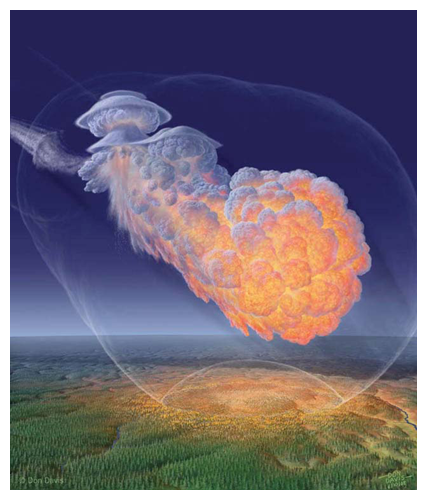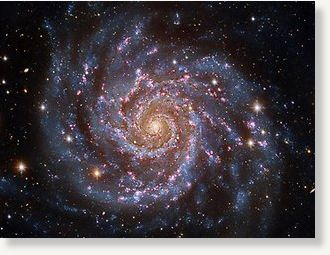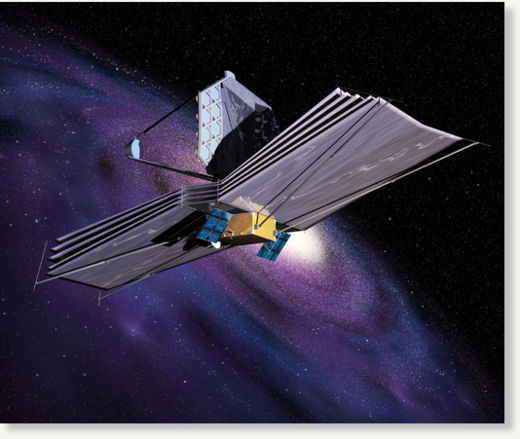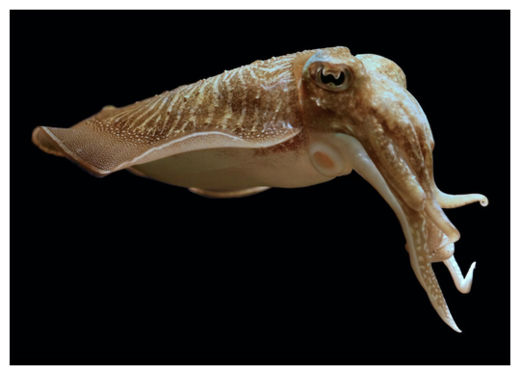
© Comet StormTunguska Blast
In June 1908, an explosion rocked a remote, swampy area in central Siberia, in Russia; it came to be known as the "Tunguska event." A later expedition to the site found that 20 miles of trees had been knocked down and set alight by the blast. And today, it is understood that Tunguska's devastation was caused by a 100-foot asteroid that had entered Earth's atmosphere, causing an airburst.
Some 13,000 years earlier, just after the end of the last ice age, the Earth's climate had begun to warm up to temperatures like we enjoy today, when an occurrence thought by some researchers to be an extraterrestrial impact set off an "impact winter". And caused a return to ice age conditions that lasted another thousand years, or so. The "Younger Dryas event," as it is known, coincided with the end of the prehistoric Clovis culture. And the mass extinction of almost all of the giant animals that lived on North America at the time.
Before the Younger Dryas event, much of north America had an ecology similar to what we see today in the lush African savanna. And after the YD event more then 35 genera had vanished. The giant sloth, short faced bear, dire wolves, saber toothed cats, a species of camel, horses, and two species of elephant were wiped out by the YD event. And that's just the short list. All of that astonishing biodiversity was blown away.
Perhaps the single most important paper on the subject of the Younger Dryas, is the 2007 paper by R.B. Firestone et al, and titled:
Evidence for an extraterrestrial impact 12,900 years ago that contributed to the megafaunal extinctions and the Younger Dryas cooling.In that paper, a team of twenty six scientists, studying sedimentary deposits presented a whole suite of compelling evidence for a massive impact event of a comet that appears to have broken up, and scattered, fragments all across North America. The multiple, air bursts are thought to have triggered wide spread bio mass burning on a continental scale. As well as causing a return to ice age conditions, and the extinction of many species. Including the mega fauna like mastodons, wooly mammoths, and giant sloths.





